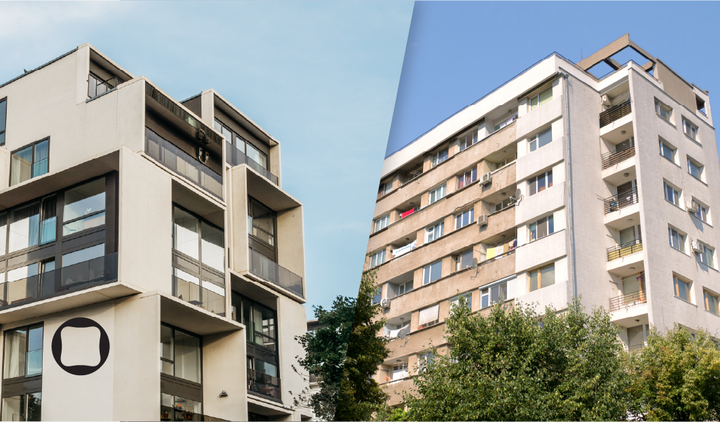New or Old Construction: What Do We Choose and Why?
According to advocates of modern construction, new technologies and innovations offer significant advantages. New buildings are designed with state-of-the-art materials that provide greater durability, better insulation, and lower maintenance costs. They are equipped with intelligent energy management systems, which lead to more efficient energy use and reduced carbon emissions.
On the other hand, supporters of older buildings argue that they offer unique character and historical value. Older buildings are crafted with attention to detail, often using traditional methods and materials. They blend more harmoniously into their surroundings and can provide a sense of charm and individuality rarely found in new constructions.
That said, the ideal solution may lie in a combination of both – preserving and restoring older buildings while incorporating modern technologies and amenities that meet today’s comfort and efficiency standards.
The specific advantages and disadvantages of old and new construction may vary. Below is a general comparison of the pros and cons of each option:
New ConstructionAdvantages:
- Modern technologies and materials: New builds use cutting-edge technologies and materials, offering higher energy efficiency and lower operating costs.
- Sustainable investment: The real estate market generally views quality new construction as a sound investment with long-term value.
- Lower maintenance costs: Major renovations are usually already completed, leaving only minor updates like painting or furnishing.
- Functionality and convenience: New buildings are designed to meet modern comfort and utility standards, including smart energy control systems, modern kitchens, and bathrooms.
- Design flexibility: Greater freedom to customize layouts and adapt the space to personal preferences.
Disadvantages:
- High cost: New construction is often much more expensive per square meter than older buildings.
- Potential quality issues: Depending on materials and builders, some new buildings may suffer from poor construction quality.
- Misleading floor area: Since 1991, the total area in title deeds includes shared spaces, basements, balconies, etc., not just livable space—making price comparisons with old properties difficult.
- Small rooms and low ceilings: Some developers reduce ceiling height or room sizes to cut costs and maximize profit.
- Regulations: New buildings must comply with stricter codes and regulations, which can increase construction time and cost.
Old ConstructionAdvantages:
- Character and history: Older buildings often have architectural charm and historical value.
- Build quality: Many are constructed with durable, high-quality materials and craftsmanship.
- Prime location: Older buildings are often centrally located with access to transport, schools, and shops.
- Lower percentage of shared areas: Usable area is more accurately represented compared to new construction listings.
- Aesthetic value: Older buildings may feature architectural styles that are difficult to replicate today.
Disadvantages:
- Poor insulation and efficiency: Older buildings may have outdated insulation, leading to higher heating/cooling costs.
- Lack of modern conveniences: They may not meet today’s standards in plumbing, wiring, or comfort.
Conclusion: Choosing between new and old construction depends on individual preferences, needs, and priorities. It’s important to weigh the pros and cons of each to make an informed decision that aligns with your lifestyle and expectations.







